Market in Focus: Fort Lauderdale Rising
An in-depth look at why the hotel and residential sectors are booming in a Florida city that was once best known as a spring break destination.
By Samantha Goldberg
First of two parts
With the Great Recession fading in the rearview mirror, developers have ramped up activity in recent years, often targeting primary markets in a quest for returns. But as these hot spots get built up and land prices increase, many developers are shifting gears and looking to secondary markets for opportunities. One such location catching developers’ attention is the Sunshine State’s city of Fort Lauderdale.
Nicknamed “the Venice of America,” Fort Lauderdale was once known mostly as a spring break town but has transformed itself into a prominent city that presents a compelling case for investment.
With the Atlantic Ocean to the east and the Everglades to the west, the city’s location in Broward County, one of three counties that make up South Florida, constrains the supply of land. But the region’s proximity to water makes it all the more attractive, especially for multifamily and hospitality projects, for which prime oceanfront locations are highly coveted.
“The unique aspect of Fort Lauderdale is the waterways,” Dev Motwani, president of Fort Lauderdale-based development and investment company Merrimac Ventures, told CPE. “You have water all around—it’s really that lifestyle that’s hard to beat. The boating culture is much more laid back, so you’ve got all the great amenities of a city, but with a laid-back environment.”
The waterways are also economic drivers for Fort Lauderdale, and the city is making efforts to expand them even further. The Las Olas Marina, located on the Intercoastal Waterway, is owned by the city of Fort Lauderdale, which has enlisted the help of CBRE to seek proposals for redeveloping the site, Bob Swindell, president & CEO of the Greater Fort Lauderdale Alliance, told CPE. Among the city’s goals are to deepen the marina basin and extend the docks to accommodate larger ships and “mega yachts.”
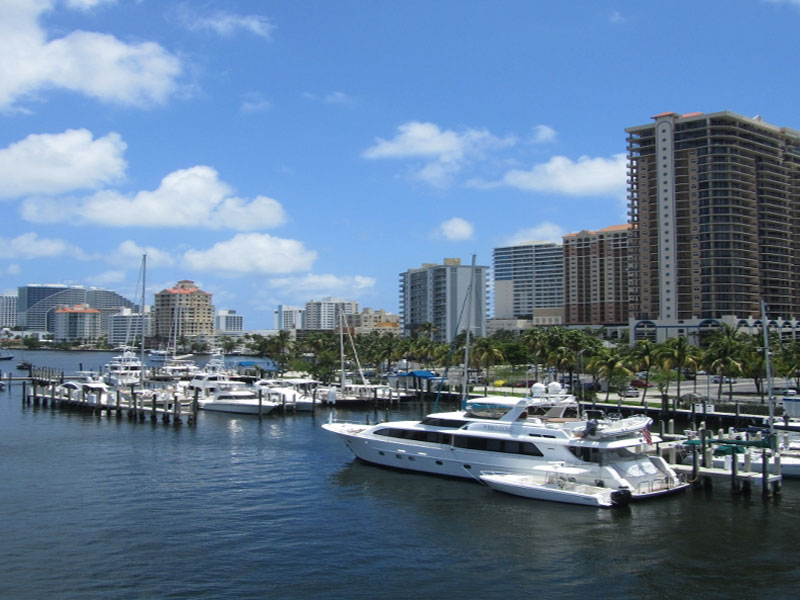
The City of Fort Lauderdale is accepting proposals for the expansion and redevelopment of Las Olas Marina.
“The existing marina’s location is phenomenal. You have the beach barrier island and the Shops of Las Olas about a mile or so west of there, so it’s a great location to expand the marina,” Swindell said. “The marina industry is a huge component of our economy here.”
The city’s rising population is also encouraging residential developers. Only last month, South Florida’s population hit the six million mark, and as more new residents arrive, the demand for housing will keep growing.
To keep pace, developers increased the number of single and multifamily home starts significantly, breaking ground on more than 4,300 units and completing about 2,900 units in 2015, according to Marcus & Millichap’s first-quarter 2016 Fort Lauderdale multifamily market report. Multifamily investment was strong as well, with transaction volume rising 17.6 percent and investors buying more than $1.5 billion in properties last year. Fort Lauderdale is also drawing more out-of-state investors, notably international value buyers who can get more square footage for their money in Broward than elsewhere in Southeast Florida, Swindell said.
“If you’re looking at the cost of land and where the highest potential profits lie, multifamily is dominating that,” Swindell said. He added that developers are most focused on high-rise residential projects, a trend he expects to continue for the remainder of 2016.
Several major luxury residential towers are currently under construction on Fort Lauderdale beach. Among them are the 95-condominium Paramount Residences, which is being co-developed by Encore Housing Opportunity Fund (Nitin Motwani, Dev’s brother, is the fund’s managing director) and is on track for completion late this year or early 2017; The Related Group’s Auberge Beach Residences and Spa, a two-tower, 171-unit condominium project that’s expected to wrap late next year; and AquaMar and AquaBlu, 20-residence and 35-residence developments, respectively, from Ocean Land Investments that are likewise slated for 2017 completion.
Hotel development is also taking off in the city, as builders capitalize on the available waterfront property. Merrimac Ventures is joining forces with Miami-based Fort Partners to develop the Four Seasons Hotel & Private Residences Fort Lauderdale, the first high-end hotel on the beach in years. It will include the five-star, 150-key hotel as well as 95 luxury residential units. Construction will begin later this year and completion is scheduled for 2018.
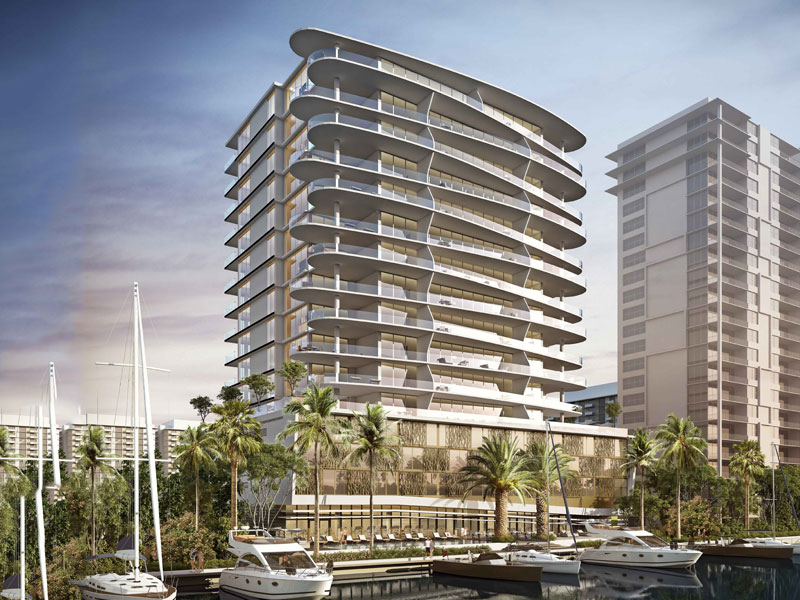
AquaBlu, the 35-residence development from Ocean Land Investments, is scheduled for completion in 2017.
“The project is, I think, the culmination of a 30-year transformation that started when the city decided to push out the spring break business and really focus on the more family-oriented upscale market,” Motwani said.
With Newgard Development Group, Merrimac Ventures is also co-developing The Gale Hotel & Residences Fort Lauderdale Beach, a renovation of an historic hotel into a 96-key property with 128 condominium units. Merrimac is getting ready to break ground, condo presales are under way, and completion is scheduled for late 2017, Motwani said.
“The fact that Fort Lauderdale can support both of those products within a couple blocks of each other shows how we’re not just tied to one demographic. We have become a truly diverse community with residents and visitors from all over the world,” Motwani said. He added that the hotel-residential model seems to be what’s hot right now as residents want the resort lifestyle, “but without the hotel component it becomes very expensive to support that. A hotel can support the amenities without the condo or residential owner having to bear the full burden.”
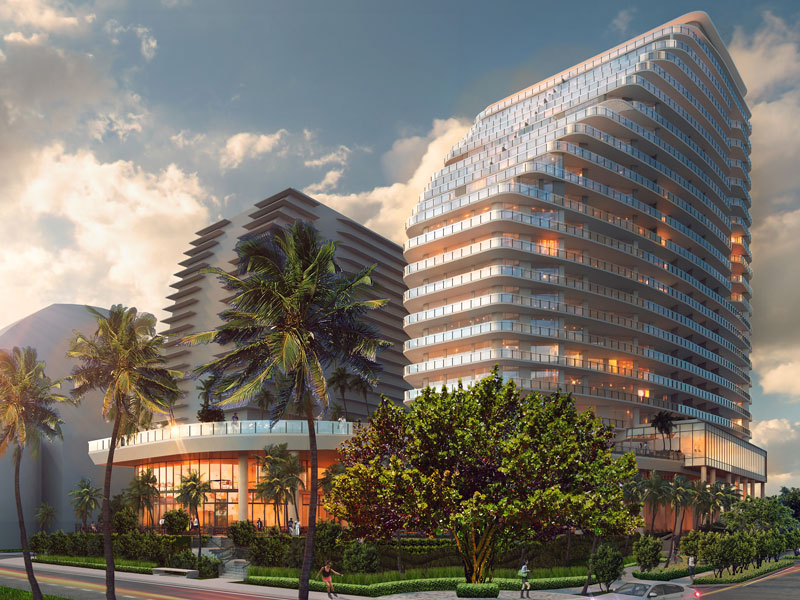
The Four Seasons Hotel & Private Residences Fort Lauderdale is being developed by Merricmac Ventures and Fort Partners.
One hospitality project that could be a regional game-changer is the planned Broward County Convention Center Hotel. A host property has long been a pressing need, Swindell explained. “We’re losing the ability to compete with other destinations, that have host hotels so we see a continual decline in convention bookings and revenues from the convention center,” he said.
County officials are reviewing a proposal for a 750- to 800-key property that has a projected 2019 completion date and would coincide with a major expansion of the convention center itself. The plan also calls for a transportation hub that will link the hotel by light rail to Fort Lauderdale-Hollywood International Airport, which is itself undergoing a $2.3 billion expansion.
With several major residential and hotel projects underway on Fort Lauderdale beach, development is shifting inland. Nearly 60 percent of anticipated 2016 multifamily deliveries in Broward County are in the southerly submarket of Hollywood and the western submarkets of Plantation/Davie/Weston, according to Marcus & Millichap.
One such example is Metropica, a $1 billion master-planned community that broke ground in late 2015 in the northern Fort Lauderdale submarket of Sunrise. The development from The Trillist Cos. and KGH International Development LLC will bring 1,250 residential units, retail space, a hotel, an upscale movie theater and 650,000 square feet of office space. Swindell said completion is expected in 2017.
“Multifamily with mixed-use seems to be some of the bigger projects going on right now in Broward County. Smaller communities are really creating destination downtowns of their own,” Swindell said. “Not that it replaces your bigger urban markets, but it gives people things to do in a walkable environment in more remote parts of the county.”
Next: What’s happening in Fort Lauderdale’s office scene? To find out, read the conclusion of this two-part series.



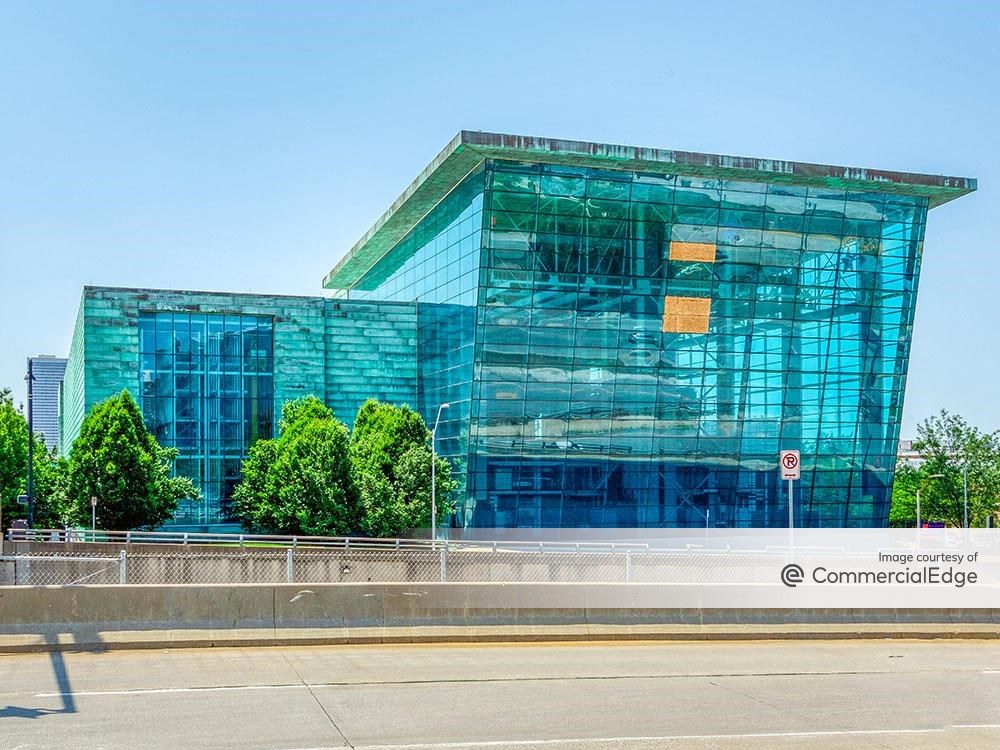

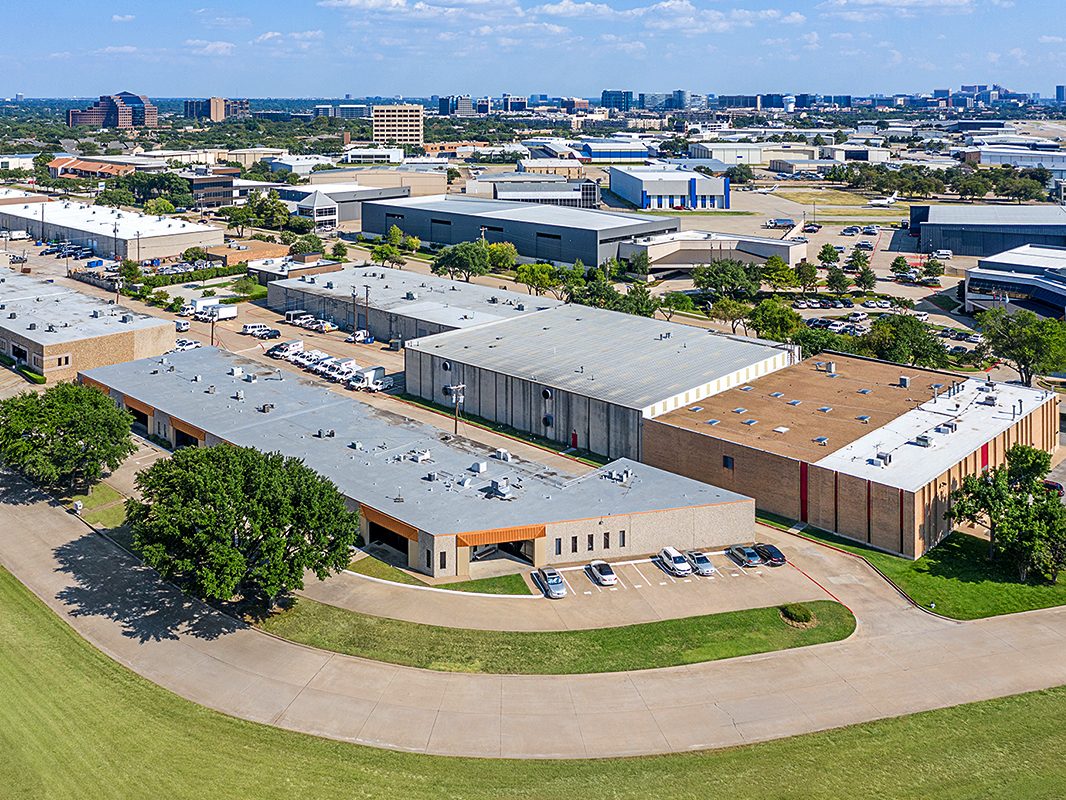

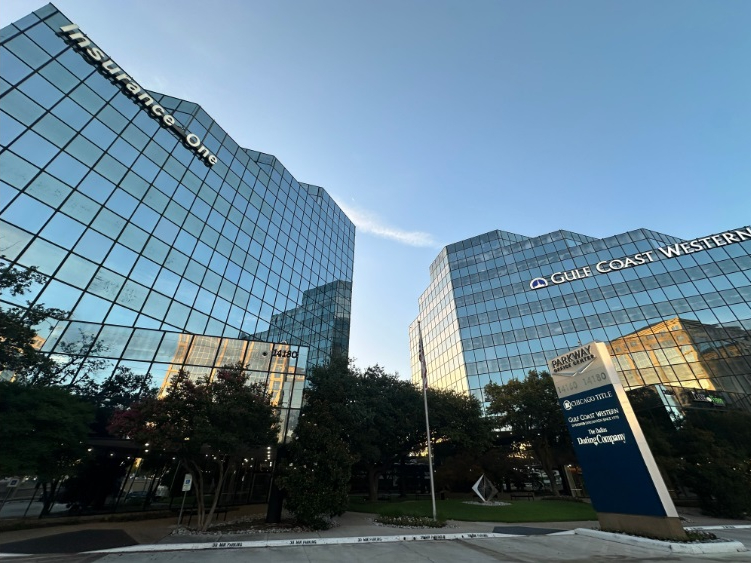
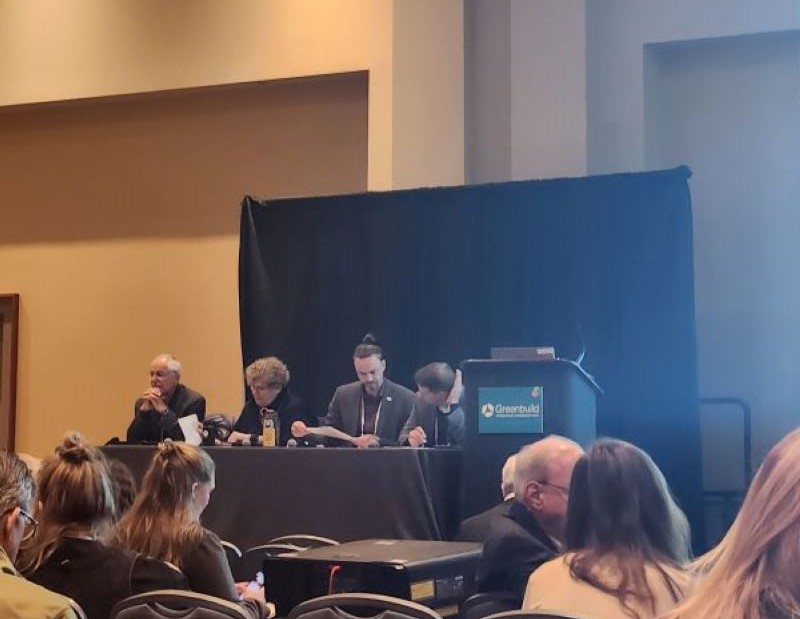
You must be logged in to post a comment.